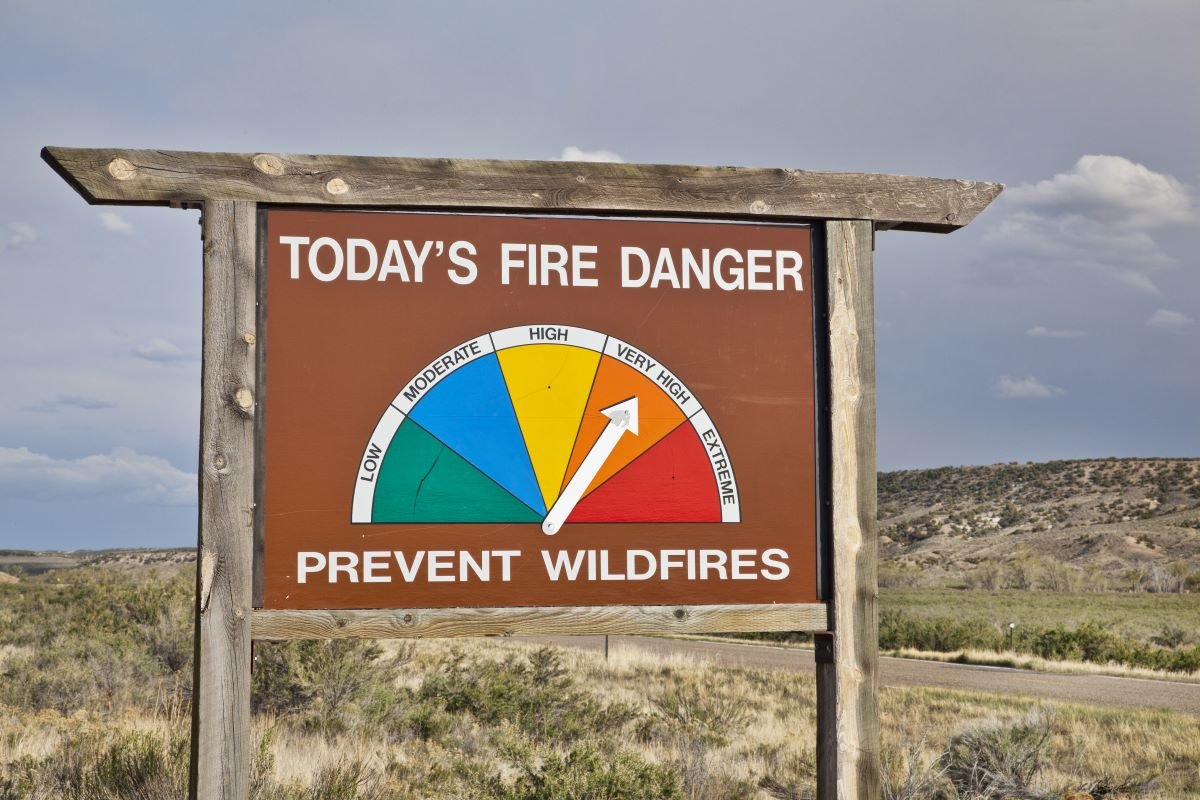The following report, written in partnership with Chatham House, investigates the extent to which international organizations are incorporating climate change into their strategic planning and risk management.
Roughly two dozen international organizations, mostly in the United Nations family, foster cooperation and set the global agenda on a range of critical issues, including health, water, energy, the environment, food, migration, security and development. Most of these organizations were created between the end of the Second World War and the 1970s, before the impacts of anthropogenic climate change were widely understood.
These organizations face a multitude of daily challenges in delivering their mandates. Climate change brings additional direct risks (floods, droughts, storms), which lead to an increase in indirect risks (hunger, increased mortality, fragile livelihoods) that in turn fuel systemic risks (political instability, mass migration). These risks have profound implications for the ability of the international system to operate effectively: they increase demand for services, undermine the effectiveness of programmes, and impact staff safety and security.
This paper investigates the extent to which international organizations are incorporating climate change into their strategic planning and risk management. The UN, as a whole, recognized the importance of effective risk management more than 15 years ago. Over the past decade, several international organizations have introduced enterprise risk management (ERM) systems in their operations. However, progress on implementation has been patchy: some organizations now have elaborate, fully functioning structures, but others are just beginning to develop their ERM systems.
The risks associated with climate change rarely figure in ERM systems. This is perhaps because climate change is not considered a discrete ‘point source’ of risk, unlike the corruption, terrorist or funding threats that typically concern risk management professionals. Fifteen of the 22 organizations examined for this paper have ERM systems, but only eight have publicly available risk registers, with just six of those listing climate risks as challenges that need to be managed.
This paper argues that climate change requires more than reactive solutions implemented at the last minute at project level. International organizations need to move away from ‘defence-oriented’ mindsets towards more proactive, ‘offence-oriented’ approaches – ones that include an understanding of how the climate is changing, what that means for their organization at a strategic level, and how they can better institutionalize climate risk management. How
international organizations manage climate risk will be critical to their ability to meet their objectives, deliver their mandates, improve the delivery of their services, achieve value for money and anticipate external shocks.


